MARKET OVERVIEW
This specialized segment of the industrial machinery market is focused on advanced welding technologies that are made to meet specific demands in the modern fabrication and construction industry. The core market revolves around orbital welding systems; these are developments designed to ensure automated welding with high accuracy and consistency. These machines find their applications wherever the weld needs to be high-quality, in the aerospace field, power generation, pharmaceutical industry, and in food processing applications.
The orbital welding machine is crucial as it gives an assurance that the weld should be of intact integrity, most especially for any critical piping or tubing systems. The industry associated with the Global Orbital Welding Machine market is not just about welding machine production; it also delves into the creation of innovative solutions that meet the challenges associated with efficiency, quality control, and adherence to strict standards. These machines are designed to weld a variety of materials, from stainless steel to exotic alloys, in a wide range of applications where conventional welding techniques may be inadequate.
Technological developments in the Global Orbital Welding Machine market will revolutionize the functionality of these systems over the next few years. The development of better control software, sensor integration, and increased automation will enhance machines that deliver high precision and flexibility. The use of artificial intelligence in the industry is likely to make machines able to analyze welding parameters in real time, which would ensure consistent optimum results under even the most difficult conditions.
The market would be supported by an industry focused on customization-compact portable machines and large automated systems solutions designed to fit unique requirements. This sector will drive innovation by emphasizing the needs of end-users who will focus on collaboration to gain a deep understanding of what works for different sectors and what is being expected of their industry.
Another point of focus of the Global Orbital Welding Machine market is sustainability. Industrially speaking, the world has gone green, and this has created a higher need for welding systems that improve efficiency, waste minimization, and energy consumption. Many manufacturers will look to develop welding machinery that incorporates products suitable for the entire market toward its expectations on sustainability. The products will also be built to last longer while operating for longer periods, thus conserving costs for end-users.
In addition, the market will come under the scanner regarding regulation compliance and safety standards. The manufacturers will ensure that their products are not only technically excellent but also comply with strict safety norms. Training programs for operators will come into prominence and ensure that deployment of these sophisticated machines is effective and secure.
In summary, the global orbital welding machine market is set to become a vibrant and innovative industry that focuses on precision, sustainability, and technological advancement. As industries increase their dependence on automation and quality welding solutions, this market will become an essential foundation of industrial development, offering answers to meet the challenging requirements of modern applications while providing new standards for quality and efficiency.
Global Orbital Welding Machine market is estimated to reach $1,072.9 Million by 2031; growing at a CAGR of 4.8% from 2024 to 2031.
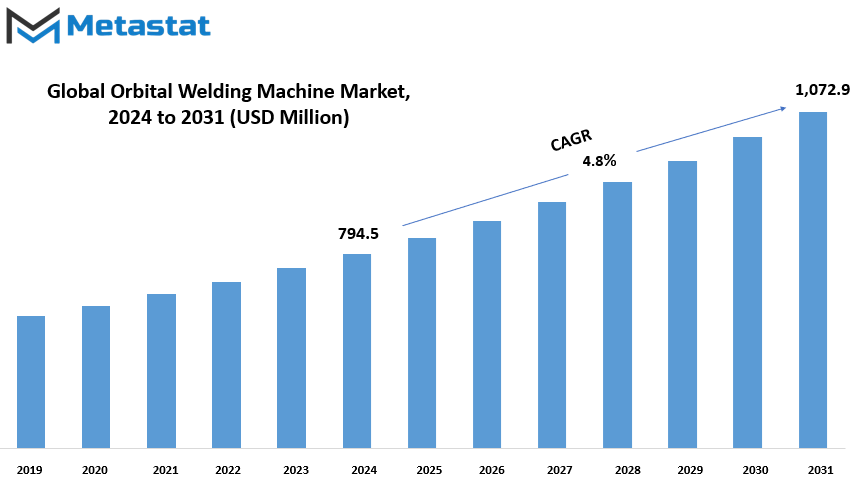
GROWTH FACTORS
The Global orbital welding machine market is growing significantly. High precision and quality welds are now in high demand in industries like aerospace and pharmaceuticals. In these industries, with very high standards of quality, orbital welding machines have become the most important solution for achieving flawless manufacturing processes. Additionally, the demand for automated welding solutions is rising as businesses are looking to achieve efficiency and minimize labor costs. Automation not only reduces time but also has minimal human error, which is a big draw for companies within the industry that have complex manufacturing requirements.
However, some of the challenges may slow down the growth of the market. The high cost investment to have advanced orbital welding machines is an inevitable drawback, which deters small and medium-sized enterprises. It also comes with heavy maintenance cost at its expense, thereby scaring any potential buyers. In addition, their installation process is complicated and usually requires experienced operators to calibrate it properly and function efficiently. This requirement for expertise can make it challenging for companies that do not have a skilled workforce, which further restricts market expansion.
However, ongoing advancements in welding technology and automation are opening new doors for the industry. Integration with smart systems and real-time monitoring enhance the performance and usability of orbital welding machines. The features enable precise control and continuous quality assessment, making the machines more appealing to a broader range of industries. Providing greater reliability and efficiency, these advancements can help address the challenges that exist today and spur further adoption.
In the coming years, this market will gain from technological improvements and growing emphasis on automation in industrial sectors. Businesses that invest in these innovative solutions will most likely be competitive, using the capabilities of orbital welding machines to meet changing demands. Although high costs and operational complexity are still major challenges, technological progress and the growing demand for precision welding will likely determine the future of the market.
MARKET SEGMENTATION
By Type
The market for an orbital welding machine has been categorized based on several types which comprise: Manual orbital welding machines Automatic orbital welding machines CNC-controlled orbital welding machines And each of the above-mentioned types is, in turn, a separate kind and thus significantly contributes uniquely towards all forms of industrial application.
The orbital welding machine is manual and is run by experienced technicians who would actually control the welding process manually. These machines are used for applications that require precision, though not fully automated. They offer flexibility in welding, especially in situations where custom configurations are required. Such machines are typically used in smaller-scale projects or situations requiring more hands-on control.
Automatic orbital welding machines, however, weld with very little human intervention. They are designed for repetitive tasks, thus ensuring consistency and efficiency in welding. These machines are mainly used in high-volume production industries that require reliable and uniform welds. They are ideal for applications in the aerospace, automotive, and pharmaceutical industries, where precision and speed are critical.
Orbital welding machines controlled by CNC are the most advanced type. These are computer numerically controlled, making their operation based on some pre-programmed instructions. The level of accuracy is thus at an all-time high, which is why such complex and high-precision welds are done using the CNC controlled machines. Usually, they are used in electronics, medical device manufacturing, and chemical processing industries. Even slight changes in the welding process can cause major problems.
The choice among these three types of orbital welding machines depends on several factors: the complexity of the task, the level of automation required, and the scale of the project. Manual machines are usually preferred for more hands-on tasks or smaller projects. Automatic machines are best suited for larger-scale, consistent tasks in which human error needs to be minimized. Meanwhile, for technologically sophisticated applications requiring extreme precision and reliability, the choice is CNC controlled machines.
A segmental orbital welding machine market can reflect the variety of needs across different industries. Each type offers distinct features and advantages that cater to the diverse demands in modern manufacturing. As technology continues to advance, so will these machines, thereby improving their capabilities and applications across various industries.
By Material Type
The main categorization for the global orbital welding machines market is based on the type of material to be welded. Under this division lies a number of important material types such as stainless steel, aluminum, carbon steel, Inconel, among others. These are the materials with the most significant impact on determining the demand for orbital welding machines and often represent use in industries demanding high-precision and high-quality welding.
It's one of the most common applications in terms of orbital welding in terms of its general strength, ability to withstand corrosion, and ease of application. Its popularity and wide application lie in industries dealing with foodstuffs, the pharmaceutical sector, and the aerospace sector. With this said, stainless steel proves popular for various orbital welding needs, considering cleanliness and accuracy to a fine threshold are always requirements for the desired quality weld.
Another very critical material for orbital welding machine in the market is aluminum. Its light nature, with its highly conductive capabilities, is an advantage of the material. Many automotive, aerospace, and construction industries employ it. In those sectors where accuracy and beauty in weld are concerned, high requirements of durability with an excellent weld quality trigger a demand for aluminum welding machines orbital.
Carbon steel also is used for orbital welding purposes. This metal is considered one of the most affordable yet powerful materials that have a high degree of use in construction, manufacturing, and infrastructure industries. For the purpose of ensuring integrity to carbon steel welds, orbital welding process plays a crucial role in such areas that have the exposure of severe conditions or extreme pressures.
Another material that is fueling the growth of the orbital welding machine market is Inconel, a high-performance alloy of nickel and chromium. It is mainly used in industries requiring resistance to extreme temperatures, including aerospace and chemical processing. Orbital welding machines are required for producing precise, high-quality welds that can withstand such conditions.
Other materials, including different alloys and metals, are also part of the orbital welding market. These materials are for niche applications that require specialized welding techniques. The demand for orbital welding machines in these sectors is increasing as industries look for more advanced solutions for their welding needs.
Overall, a global orbital welding machine market separated by material is an indication that there is need for precision across the wide distribution of industries within which it performs. Each individual material type that is, stainless steel, aluminum, carbon steel, Inconel, or others—develops demand specifically for orbital welding technology in that industrial application area.
By Application
The Global Orbital Welding Machine Market can be categorized based on applications into several significant ones. In 2019, the most prominent was Tube-to-tube Welding with a market size of 389.3 million USD and 61.57% share in the overall Orbital Welding Machine Market. The market is expected to grow constantly. From 2020 to 2026, it is expected to have a CAGR of 5.3%. According to a projection, by the year 2026, its value will reach approximately 559.9 million USD. The demand in industries like pipe and tube manufacturing for various industrial applications has been increasing and is driving the growth as the proper welding processes are required to ensure reliable and consistent performances.
Pressure vessels, heat exchangers, pharmaceutical equipment, aerospace components, and semiconductor manufacturing are other vital applications in the market besides tube-to-tube welding. Pressure vessels are found in industries with high-pressure containment requirements, for example, in oil and gas and chemical processing plants. The demand for pressure vessel welding can be seen due to the requirements of the world for more robust equipment to ensure high-pressure and high-temperature environments in some sectors like production and storage for energy.
Heat exchangers represent another of the most important applications, used in transferring heat from fluids. Applications for heat exchangers would come from industries in energy, automotive, and HVAC systems. Companies interested in energy efficiency as well as costs will increase the demand for dependable, high quality welding in making heat exchangers.
The pharmaceutical equipment market is another area where orbital welding machines are in demand, mainly because of the strict quality control and precision required. There is an increasing emphasis on the production of sterile and contaminant-free medical equipment, and the need for advanced welding technology that can guarantee these standards is on the rise.
Aerospace components and semiconductor manufacturing are other major market drivers for orbital welding machines. In both cases, the demand for welding technology is extreme and the requirement for maintaining structural integrity in these industries. Aerospace uses orbital welding to manufacture critical components like fuel lines and engine parts to ensure that such parts are produced with the utmost precision. The semiconductor manufacturing sector is also on the growth curve because of its demand for clean, precise, and highly reliable welding.
The global orbital welding machine market will continue to witness steady growth in various sectors with Tube-to-tube Welding being the primary driver. Over the next years, the markets will continue to grow as those industries that demand precision, high-quality welds, and functionality in demanding environments continue to seek orbital welding solutions.
By End-User Industry
This equipment can be categorized in the international market by the following industries which have different need and application in which these industries operate, ranging from Oil & Gas to Pharmaceutical & Biotechnology, Semiconductor & Electronics, Food & Beverage, Aerospace & Defense, Energy & Power, Chemical Processing, Automotive, and many others. The orbital welding machine is imperative in the industry of Oil & Gas. They ensure quality welds for pipes and vessels, which can be used with confidence in transportation systems for oil and gas. The systems frequently operate under difficult conditions, thereby requiring high levels of precision and reliability in welding solutions.
In the pharmaceutical and biotechnology sectors, sterility is crucial. Orbital welding machines are applied to join pipes and equipment in environments where hygiene and precision are crucial. Technology here ensures low contamination risk and thus is highly relevant for the manufacturing of medical equipment and pharmaceutical lines.
Or in other words, orbital welding machines highly benefit the semiconductor & electronics industry. Here, the high-performance orbital welds of a variety of miniatures, the precise welding and manufacturing of those which are installed into electronic devises, thus enhancing the application areas of their machines. End.
For the Food & Beverage industry, orbital welding machines ensure that systems for processing, storing, and distributing food are securely welded, thus maintaining food safety and quality standards. These machines are indispensable in food production due to their ability to meet stringent hygiene requirements.
Orbital welding in Aerospace & Defense: to create very high-strength and lightweight weld joints that will face extreme conditions in the service environment, with a prime requirement of having precision and reliability for safe aircraft and defense equipment performance.
Orbital welding in the Energy & Power industry ensures the construction and maintenance of power plants and renewable energy installations, where the reliability of the systems depends on strong, long-lasting welds for energy infrastructure.
The Chemical Processing plants apply orbital welding for pipelines and equipment, keeping their integrity in the production. Leak-tight quality and robust welds that orbital welding provides can make all the difference for maintaining these pipelines in proper operating conditions in the production process of chemicals.
The parts are assembled with orbital welding in the automotive manufacturing industry, mainly in areas requiring precision and strength. The increased demand for reliability in welding solutions is expected because of the increasing focus on efficiency and safety in the automotive industry.
The remaining industries benefit from orbital welding, applied from the manufacturing industry to the research and development sector. Thus, the global Orbital Welding Machine market trends are shifting with the different needs of various sectors.
|
Report Coverage |
Details |
|
Forecast Period |
2024-2031 |
|
Market Size in 2024 |
$794.5 million |
|
Market Size by 2031 |
$1,072.9 Million |
|
Growth Rate from 2024 to 2031 |
4.8% |
|
Base Year |
2022 |
|
Regions Covered |
North America, Europe, Asia-Pacific Green, South America, Middle East & Africa |
REGIONAL ANALYSIS
Geographical regions dividing the global Orbital Welding Machine market are North America, Europe, Asia-Pacific, South America, and the Middle East & Africa. Each of these geographical areas has some particular characteristics of markets and consumer demands.
The three major North American countries that make up much of the market are the U.S., Canada, and Mexico. Of these countries, the interest in advanced welding technologies is great in the aerospace, automotive, and construction markets of the largest market, that is, in the U.S. due to its strong base of industries that are growing well. In addition, interest has been growing considerably in Canada and Mexico due to their expanding manufacturing and energy-related industries.
In the Europe market, one has several countries in terms of numbers, such as the United Kingdom, Germany, France, Italy, and the rest of Europe. For now, Germany is the largest supplier in the European market. This is because it is a country with a solid manufacturing industry in the area of car and machinery manufacturing, where most orbital welding machines are very much in demand. Other prominent contributors to the market are UK, France, and Italy although smaller compared to Germany. Rest of Europe and more so, Spain and Poland, is growing with increasing demands since it takes after the pattern where most other industries in Europe have adopted sophisticated welding technologies.
The Asia-Pacific segment is another relatively fast-growing one. It is led by India, China, Japan, South Korea, and the rest of Asia-Pacific. These include the countries China and Japan which have significant and far-stretched industries, manufacturing mostly electronics, autos, and buildings. These areas have strong orbital welding machines as demand grows and people in both nations call for accuracy and the efficient nature in the welder process. Second to China is South Korea while last but not the least India who have fast-moving technology industry that develops an enlarged industrial area of production.
This encompasses countries in South America such as Brazil, Argentina and others. Brazil is South America's biggest market with enormous demand for welding machines from its energy, construction, and automotive industries. Argentina as well as other countries in the region are also following, slowly implementing these state-of-the-art welding technologies to support their even more growing industrial sectors.
Finally, the Middle East & Africa region is segmented into the GCC countries, Egypt, South Africa, and the rest of the Middle East & Africa. The GCC countries, such as Saudi Arabia, the UAE, and Qatar, are major consumers of orbital welding machines, especially in the oil and gas industry. Egypt and South Africa also represent significant markets, with rising investments in infrastructure and industrial projects. The rest of the Middle East & Africa is slowly but surely catching up, and advanced welding technologies are increasingly being embraced by all sectors.
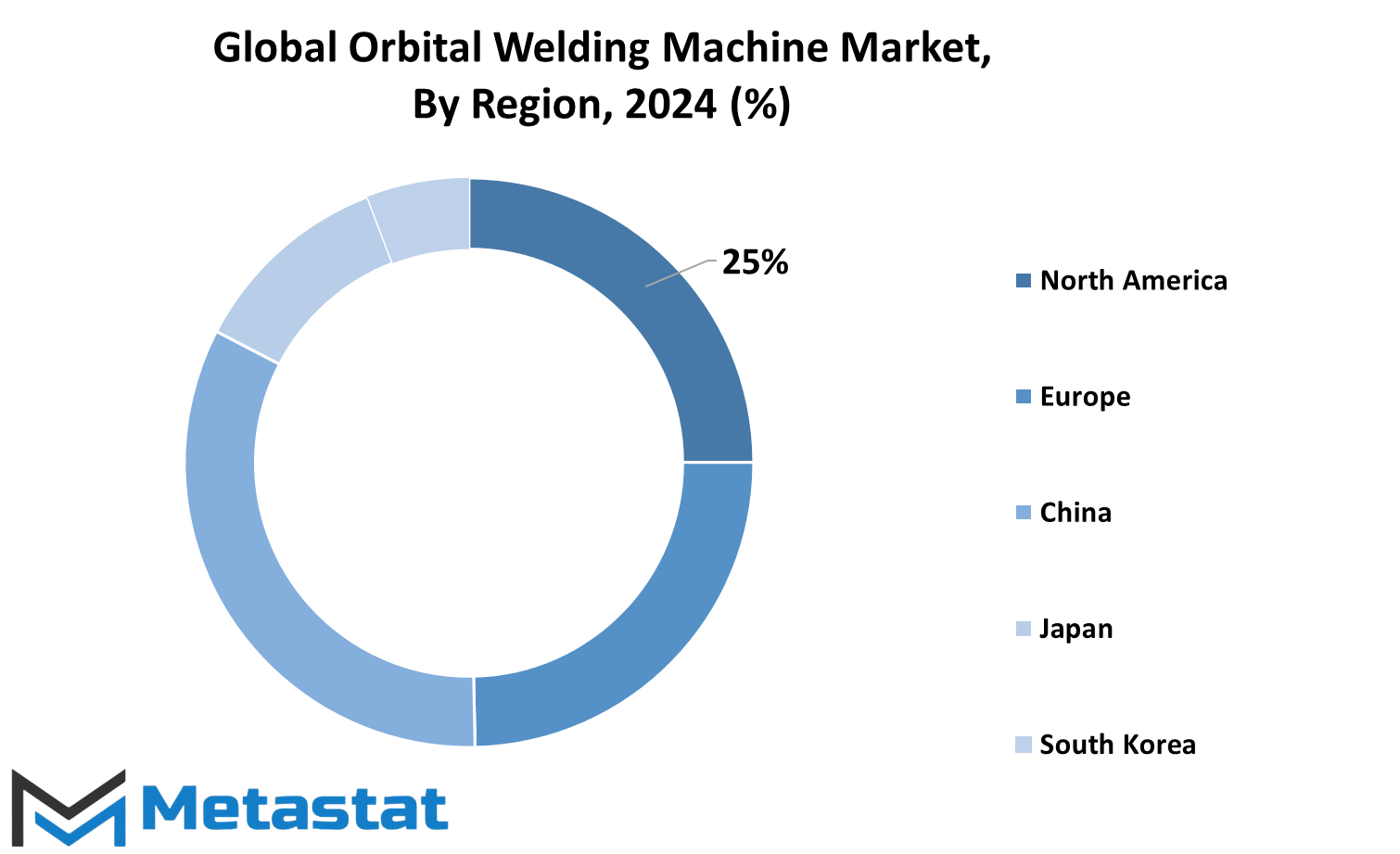
COMPETITIVE PLAYERS
The global market for orbital welding machines is also expanding rapidly because of the continuous improvement in welding technology and growing usage in numerous industries. In orbital welding, the electrode or welding torch moves around the workpiece and is a unique form of welding. It proves very useful where precision and repetitive applications are crucial in industries, such as aerospace, automobile, pharmaceutical, and energy sectors. This technology is now also more frequently used in the food and beverage, electronics, and chemical processing industries as it is capable of giving good-quality welds with minimized human error.
Major players operating in the market of orbital welding machines include such globally known firms as Polysoude, Arc Machines, Inc., Swagelok Company, Axxair SAS, and Magnatech LLC, among others. These companies have really been key contributors in the manufacturing of state-of-the-art orbital welding equipment with increased efficiency on welding, quicker production time, and consistent production. Polysoude was also recognized through innovative solutions especially in the filed with welding system applications for example semiconductor manufacturing up to heavy industrial applications. Arc Machines, Inc. also represents an important innovation in orbital welding technologies. The firm provides products tailored to precision welding, safety and user-friendliness.
Swagelok Company is another leader that focuses on fluid system components, and its orbital welding machines are to be found in critical applications with a reliable weld, while Axxair SAS focused on developing automated orbital welding machines used in industries where extremely accurate welds are demanded, like the pharmaceutical industry. Similarly, Magnatech LLC offers versatile orbital welding solutions, which are used in most construction, aerospace and chemical processing industries.
Besides these, Orbitalum Tools GmbH, Liburdi Dimetrics, E.H. Wachs, and Lincoln Electric Holdings, Inc. are also major players in the market. Orbitalum Tools GmbH is known for its portable orbital welding machines, providing a reliable solution for pipe welding. Liburdi Dimetrics specializes in equipment for complex industrial welding projects, and E.H. Wachs is famous for high-quality welding systems used in maintenance and repair services.
Demand will continue to build for precision, efficiency, and automation in the welding process as industries seek economical solutions with a lower defect count. Companies, such as Huntingdon Fusion Techniques HFT ^{®}, Miller Electric Mfg. LLC, and ITW Orbital Cutting & Welding GmbH will continue to spearhead technological orbital welding advancements while meeting the changing needs of this industry.
With growing applications and new innovations, the orbital welding machine market will likely see even more players emerge in the coming years, driving further technological advancements and expanding the reach of orbital welding across industries worldwide.
Orbital Welding Machine Market Key Segments:
By Type
- Manual Orbital Welding Machines
- Automatic Orbital Welding Machines
- CNC Controlled Orbital Welding Machines
By Material Type
- Stainless Steel
- Aluminum
- Carbon Steel
- Inconel
- Others
By Application
- Piping Systems
- Tube-to-Tube Welding
- Pressure Vessels
- Heat Exchangers
- Pharmaceutical Equipment
- Aerospace Components
- Semiconductor Manufacturing
- Others
By End-User Industry
- Oil & Gas
- Pharmaceutical & Biotechnology
- Semiconductor & Electronics
- Food & Beverage
- Aerospace & Defense
- Energy & Power
- Chemical Processing
- Automotive
- Others
Key Global Orbital Welding Machine Industry Players
- Polysoude
- Arc Machines, Inc.
- Swagelok Company
- Axxair SAS
- Magnatech LLC
- Orbitalum Tools GmbH
- Liburdi Dimetrics
- E.H. Wachs
- Lincoln Electric Holdings, Inc.
- Huntingdon Fusion Techniques HFT®
- Miller Electric Mfg. LLC
- ITW Orbital Cutting & Welding GmbH
- MK Products, Inc.
- AMI
- TWI Ltd.
- Pro-Fusion Technologies
WHAT REPORT PROVIDES
- Full in-depth analysis of the parent Industry
- Important changes in market and its dynamics
- Segmentation details of the market
- Former, on-going, and projected market analysis in terms of volume and value
- Assessment of niche industry developments
- Market share analysis
- Key strategies of major players
- Emerging segments and regional growth potential



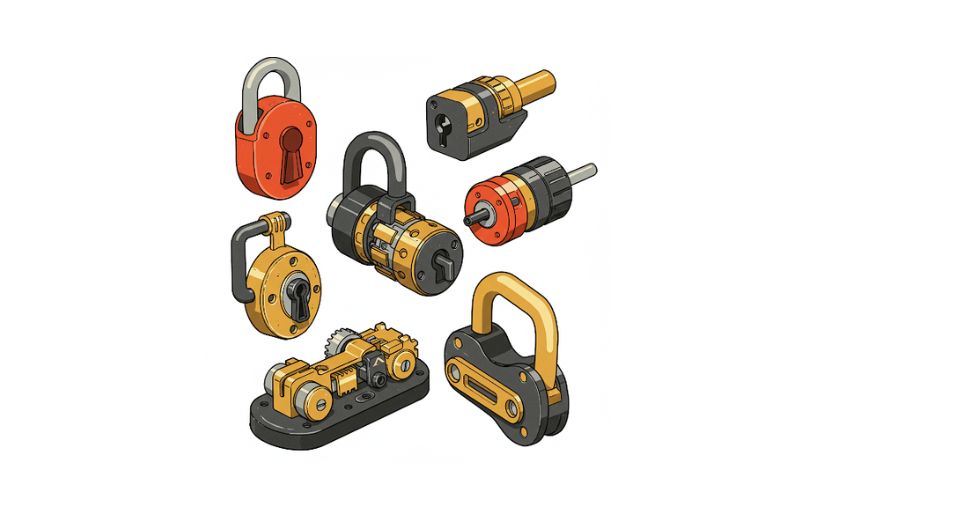
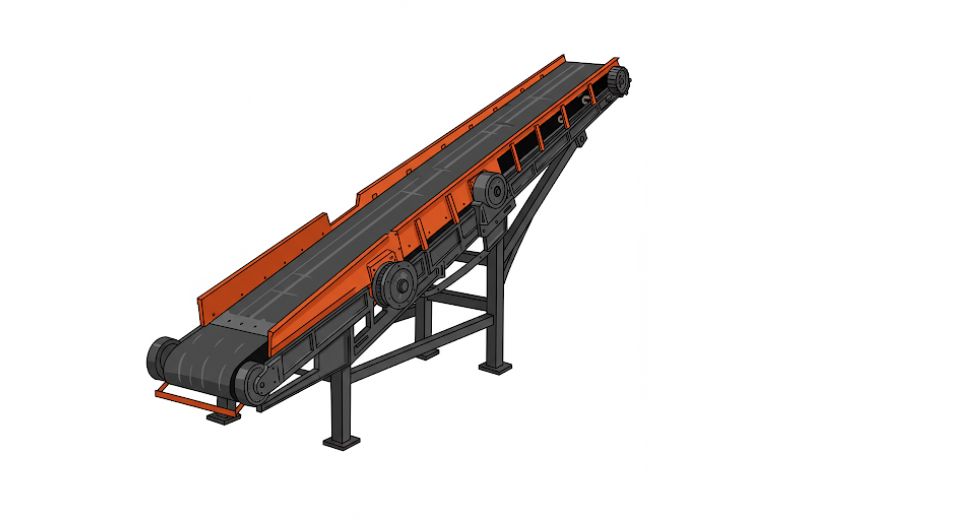
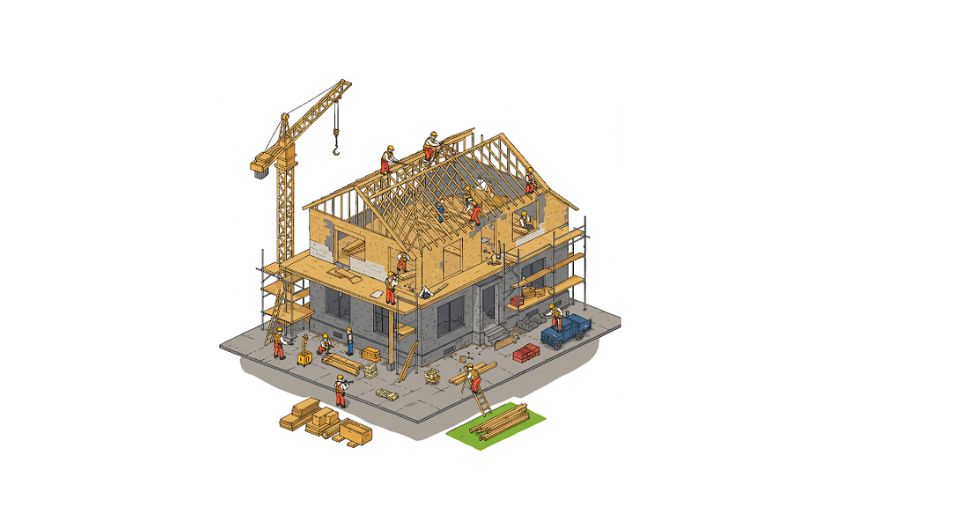
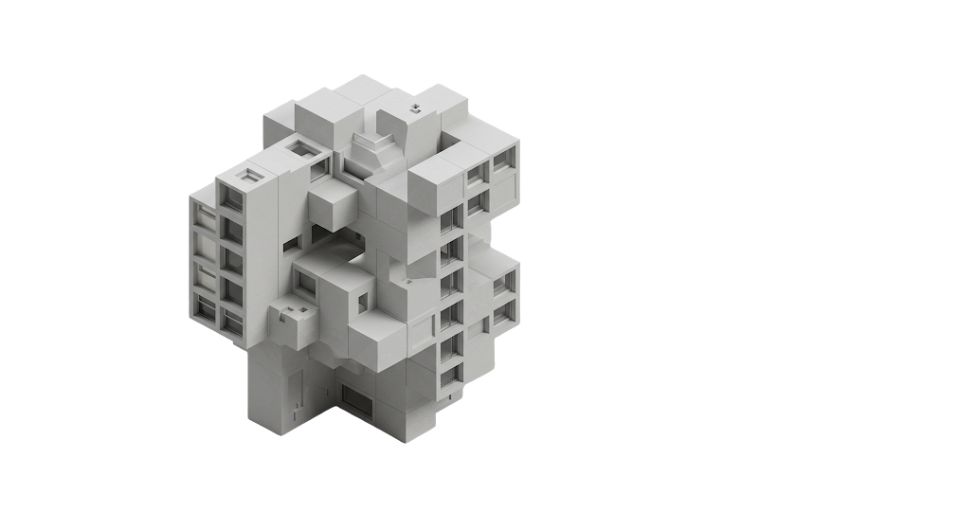

 US: +1 3023308252
US: +1 3023308252






